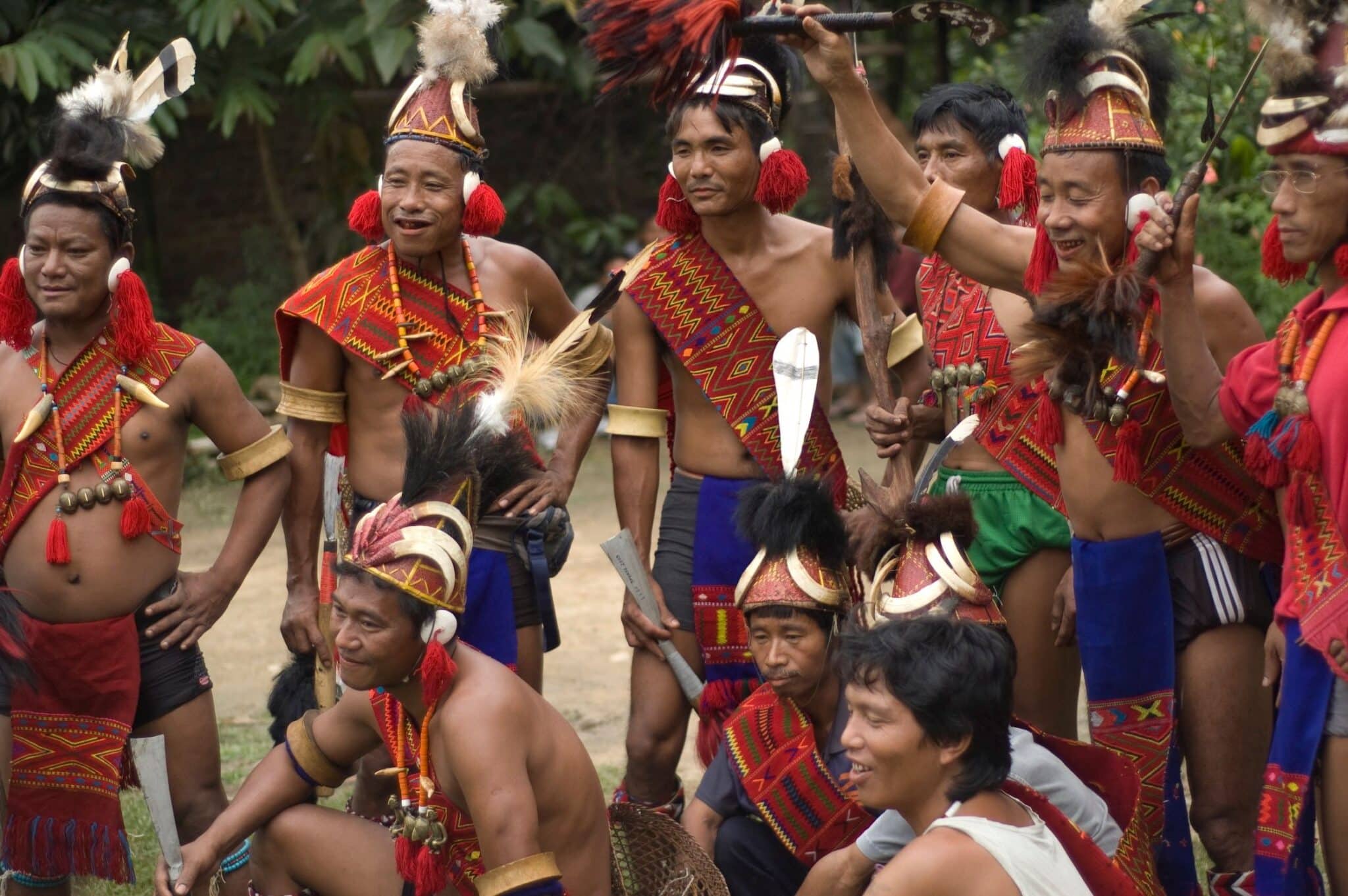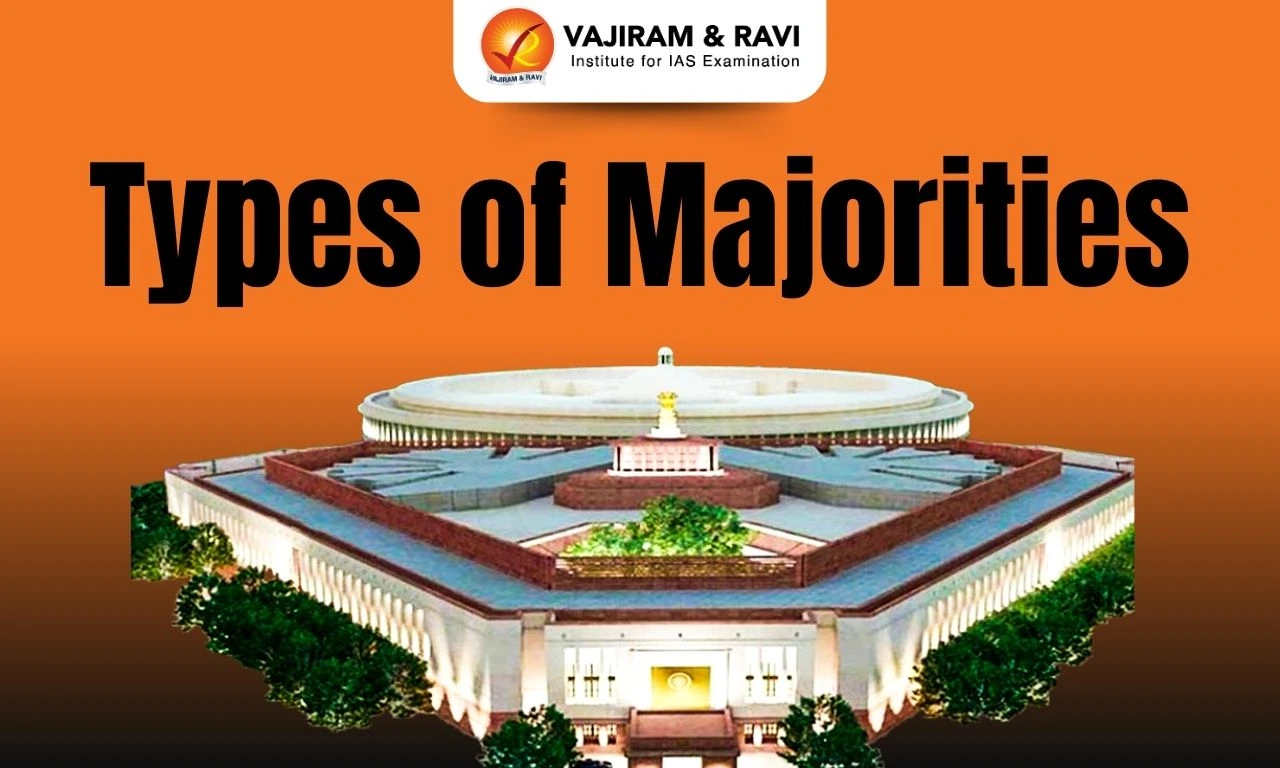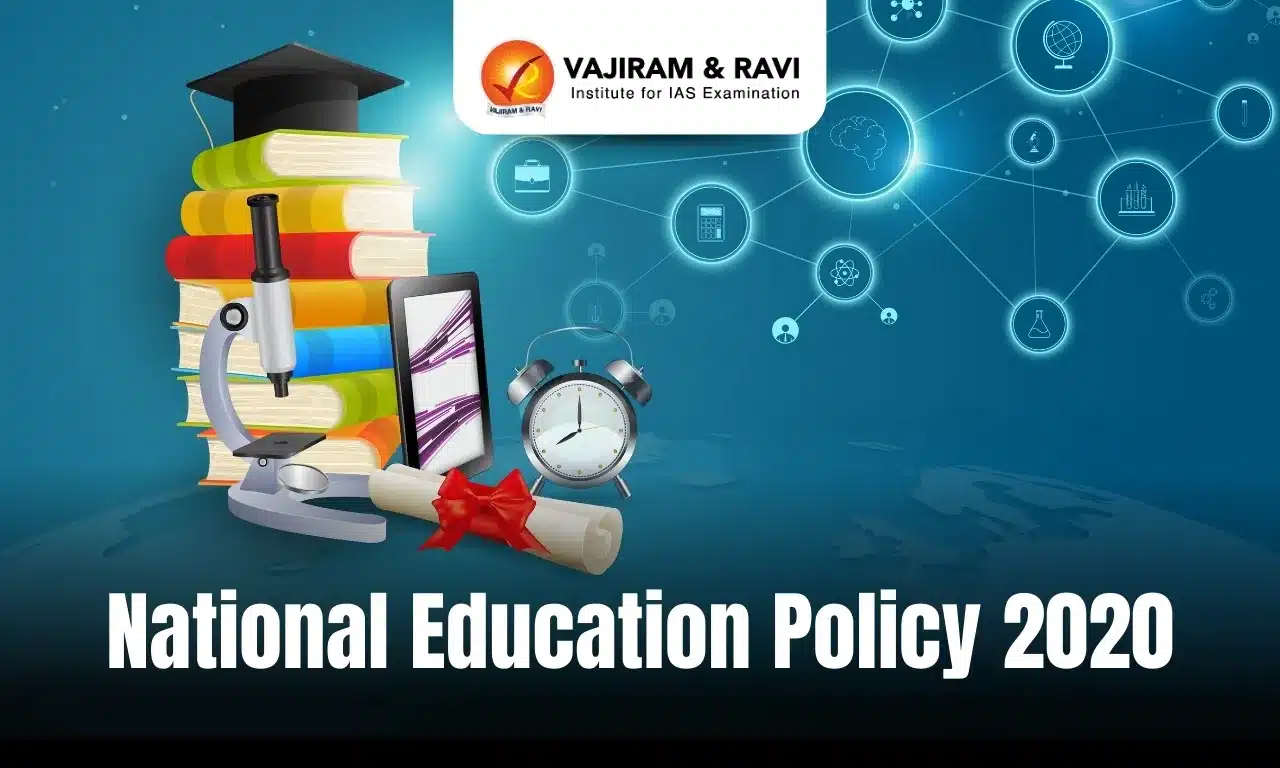What is the status of tribal communities in India?
| Indicator | Data |
| Tribal population |
|
| Sex ratio |
|
| Per capita income |
|
| Literacy rate |
|
| Health indicator |
|
What are major problems faced by the tribal communities in India?
Tribals in India face a wide range of problems, some of which are:
| Problems | Description | Examples |
| Land rights and displacement |
|
|
| Exploitation and marginalization |
|
|
| Lack of education and healthcare |
|
|
| Loss of culture and tradition |
|
|
| Economic marginalization |
|
|
| Political marginalization |
|
|
What are the constitutional provisions for the welfare of the tribal communities in India?
| Article | Provisions |
| Article 15(4) and 16(4) |
|
| Article 46 |
|
| Article 244 |
|
| Article 275 |
|
| Article 330 |
|
| Article 332 |
|
| Article 338 |
|
What are the laws for the welfare of tribal communities?
- Panchayats (Extension to Scheduled Areas) Act, 1996 (PESA):
- This act provides for the devolution of powers and responsibilities to gram sabhas (village councils) in scheduled areas, where tribals constitute a majority of the population.
- This gives tribals more control over their own affairs and enables them to participate more fully in the development process.
- National Commission for Scheduled Tribes Act, 2004:
- This act provides for establishing a National Commission for Scheduled Tribes(NCST) to investigate and monitor the implementation of laws and policies related to the welfare of scheduled tribes.
- Forest Rights Act, 2006:
- This act recognizes the rights of traditional forest dwellers, including tribals, to access and use forest resources, including land.
- It aims to correct the historical injustices faced by these communities and to ensure that their livelihoods and well-being are protected.
- Land Acquisition Act, 2013:
- This act provides for the acquisition of land for the welfare of the tribals, the act also requires the consent of the tribals and rehabilitation and resettlement of the displaced people.
What are government initiatives in the interest of tribal communities?
- Eklavya Model Residential Schools (EMRS): have been set up to provide quality education to ST students (Class VI-XII) in remote areas through residential schooling facilities.
- Pradhan Mantri Vanbandhu Vikas Yojana: A venture capital fund has been set up to promote entrepreneurship/start-up projects by ST youth.
- Pradhan Mantri Jan Jatiya Vikas Mission:Minimum Support Price (MSP) is ensured for Minor Forest Produce and marketing support for tribal products.
- Tribal Cooperative Marketing Development Federation of India (TRIFED) supports retail marketing for livelihood development among tribal communities of India. This includes the Van Dhan Yojana (VDY), which has over nine lakh beneficiaries in 340 districts across the country.
- The Pradhan Mantri Adi Adarsh Gram Yojana (PMAAGY): It aims at providing basic infrastructure in villages with a significant tribal population.
- Tribal Sub-Plan:
- The Government of India has initiated a Tribal Sub-Plan (TSP), a special development scheme for the welfare of tribals.
- The scheme aims to address the special needs of tribals and to improve their socio-economic conditions.
- Special Central Assistance:
- The Government of India provides Special Central Assistance (SCA) to State Governments for the welfare of tribals.
What could be done to further improve the well-being of tribal communities in India?
Enhancing the well-being of tribal communities in India will require a comprehensive and holistic approach that addresses the multiple and interconnected challenges that they face. Some additional actions that could be taken include
- Sustainable development: Development projects should be planned and implemented in consultation with tribal communities and should prioritize their needs and concerns.
- Access to education: Greater efforts should be made to ensure that tribal children have access to quality education, including primary, secondary, and vocational education.
- Health Care: Access to quality healthcare services should be improved for the tribes. This includes providing primary health care services, maternal and child health care services, and improving access to essential medicines.
- Empowerment of tribal women: The empowerment of tribal women is crucial for the overall upliftment of the tribes. This includes ensuring their participation in decision making, providing them with education and skill development opportunities.
- Livelihood promotion: Greater efforts should be made to promote sustainable livelihoods for tribals. This includes providing them access to credit, marketing facilities, and training in modern agricultural practices.
- Land rights: The rights of tribals to their land should be recognized and protected. This includes providing them with legal title to their land and ensuring that they are not displaced from their lands.
Last updated on December, 2025
→ Check out the latest UPSC Syllabus 2026 here.
→ Join Vajiram & Ravi’s Interview Guidance Programme for expert help to crack your final UPSC stage.
→ UPSC Mains Result 2025 is now out.
→ UPSC Notification 2026 is scheduled to be released on January 14, 2026.
→ UPSC Calendar 2026 is released on 15th May, 2025.
→ UPSC Prelims 2026 will be conducted on 24th May, 2026 & UPSC Mains 2026 will be conducted on 21st August 2026.
→ The UPSC Selection Process is of 3 stages-Prelims, Mains and Interview.
→ UPSC Result 2024 is released with latest UPSC Marksheet 2024. Check Now!
→ UPSC Toppers List 2024 is released now. Shakti Dubey is UPSC AIR 1 2024 Topper.
→ Also check Best IAS Coaching in Delhi
Problems faced by Tribal Communities in India FAQs
Q1. What is the role of tribal art in India?+
Q2. Are there any organizations working for the welfare of tribals in India?+

















